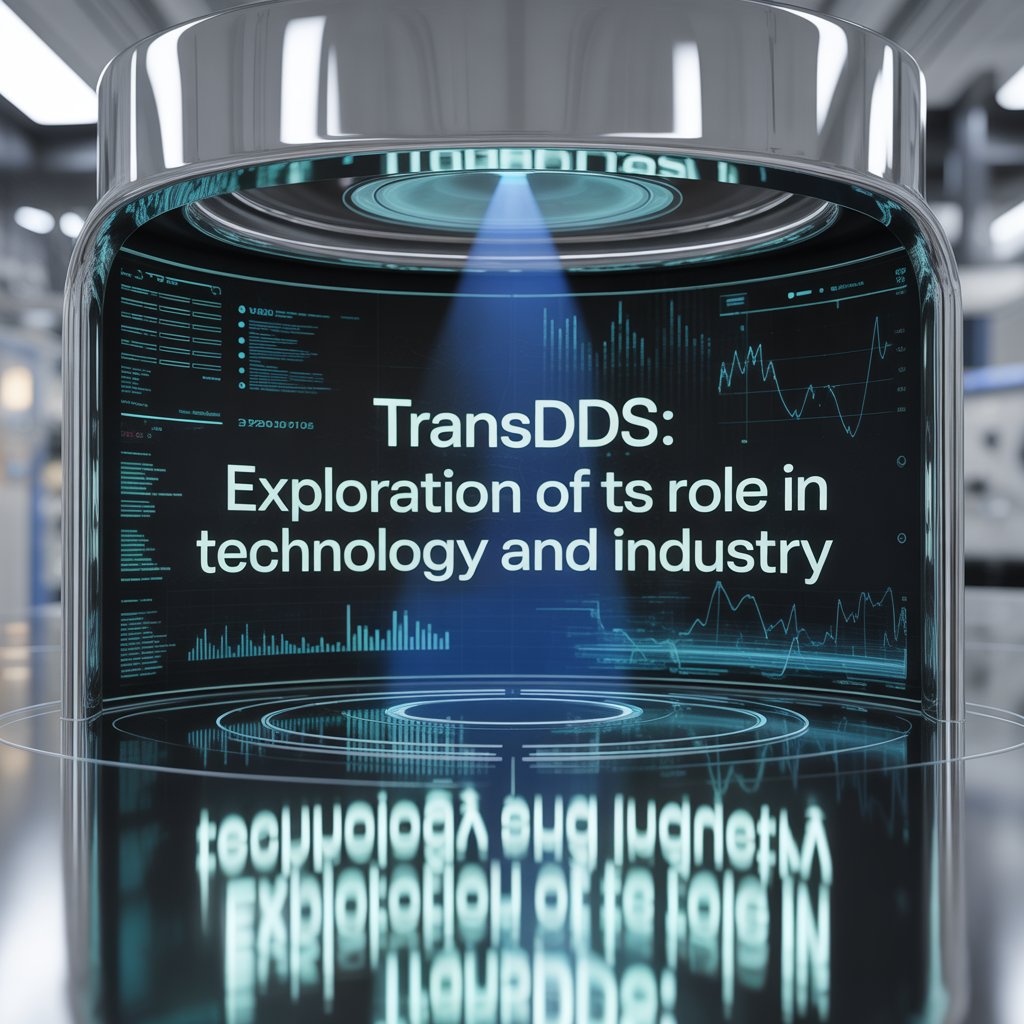In today’s digital-first world, new concepts are reshaping industries and redefining innovation. One such emerging idea is transds, a framework that is gaining attention in technology, business, and sustainability. Though still relatively unfamiliar to many, transds is already driving conversations about transformation, data integration, and digital ecosystems. This article explores what transds means, how it evolved, and why it matters for industries worldwide.
What is Transds
At its core, transds is a multidimensional approach that combines transformation, data systems, and sustainable digital structures. It draws from principles of transition, distributed networks, and adaptability. Simply put, transds is the link between complex systems and streamlined digital processes, helping organizations move toward more efficient and future-ready operations.
Historical Development of Transds
The origins of transds can be traced back to the early days of digital transformation. Businesses began realizing the need for systems that could handle complexity while staying adaptable.
Over time, transds evolved into a framework built on integration, interoperability, and scalability. Today, it connects traditional workflows with modern digital platforms, enabling organizations to adapt quickly in a constantly changing environment.
Core Principles of Transds
A central principle of transds is seamless data integration, ensuring smooth flow of information across platforms without duplication.
Adaptability is another key focus. Transds enables businesses to reconfigure systems as needs shift, supporting resilience in uncertain conditions.
Finally, efficiency and sustainability lie at the heart of transds. By reducing resource waste and optimizing processes, it promotes eco-friendly digital solutions while cutting unnecessary costs.
Applications of Transds in Modern Industries
In Information Technology – Transds supports cloud computing, distributed databases, and networking, making IT systems scalable and secure.
In Business Operations – Organizations use transds to optimize workflows, manage digital resources, and enhance productivity.
In Healthcare – Hospitals apply transds in electronic records, telemedicine, and secure patient data systems.
In Education – E-learning platforms and smart classrooms are strengthened with transds, offering personalized learning experiences.
In Sustainability – Transds plays a role in monitoring natural resources, optimizing energy distribution, and lowering carbon footprints.
Benefits of Transds
Improved Efficiency – Transds reduces redundancy, cutting costs and improving performance.
Enhanced Security – With built-in monitoring, it strengthens cybersecurity and guards against threats.
Scalability – Transds frameworks are designed to grow alongside organizational needs.
Data Transparency – It increases visibility and accountability, allowing real-time insights for better decision-making.
Challenges of Implementing Transds
Technical Complexity – Deploying transds requires specialized expertise.
High Initial Costs – Adoption may be expensive for smaller enterprises.
Resistance to Change – Organizations and employees may hesitate to embrace new systems.
Privacy Concerns – Since transds manages large-scale data, security and compliance remain ongoing challenges.
Transds and Digital Transformation
In Smart Cities – Transds is used for managing transportation, public safety, and energy distribution efficiently.
In Industry 4.0 – It supports IoT devices, automation, robotics, and predictive analytics.
In Artificial Intelligence – AI depends on strong frameworks for data handling, and transds provides the scalability needed for advanced algorithms.
Future of Transds
Looking ahead, transds will evolve with innovations like blockchain, quantum computing, and edge processing. Governments and enterprises worldwide are expected to embrace it to boost competitiveness and sustainability.
By aligning with global sustainability goals, transds will also contribute to eco-friendly practices, renewable energy, and green industry operations.
Case Studies on Transds
In Healthcare – Hospitals using transds improved patient outcomes through secure, efficient data sharing.
In Manufacturing – Smart factories integrated IoT devices with transds to streamline production and reduce downtime.
In Finance – Banks adopted transds to enhance digital transactions, strengthen fraud prevention, and build customer trust.
Best Practices for Transds Implementation
To implement transds effectively, organizations should create a clear roadmap that outlines goals and strategies.
Employee training is crucial to ensure smooth adoption and maximum benefits.
Finally, investing in cybersecurity is essential to keep transds frameworks secure and compliant with data regulations.
Conclusion
Transds is more than a technical solution—it is a strategic enabler of innovation, sustainability, and resilience. From healthcare and education to finance and manufacturing, its applications are transforming industries worldwide. By embracing transds and understanding its principles, businesses can unlock efficiency, transparency, and adaptability, ensuring they remain competitive in an increasingly digital future.


